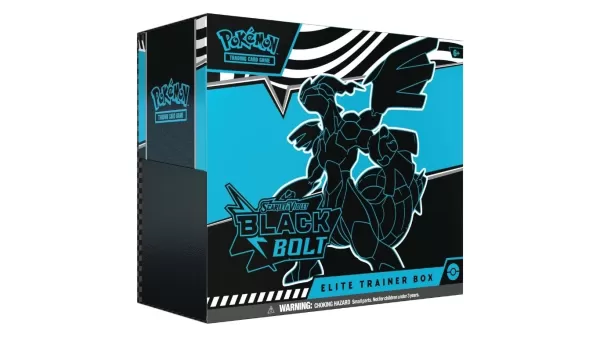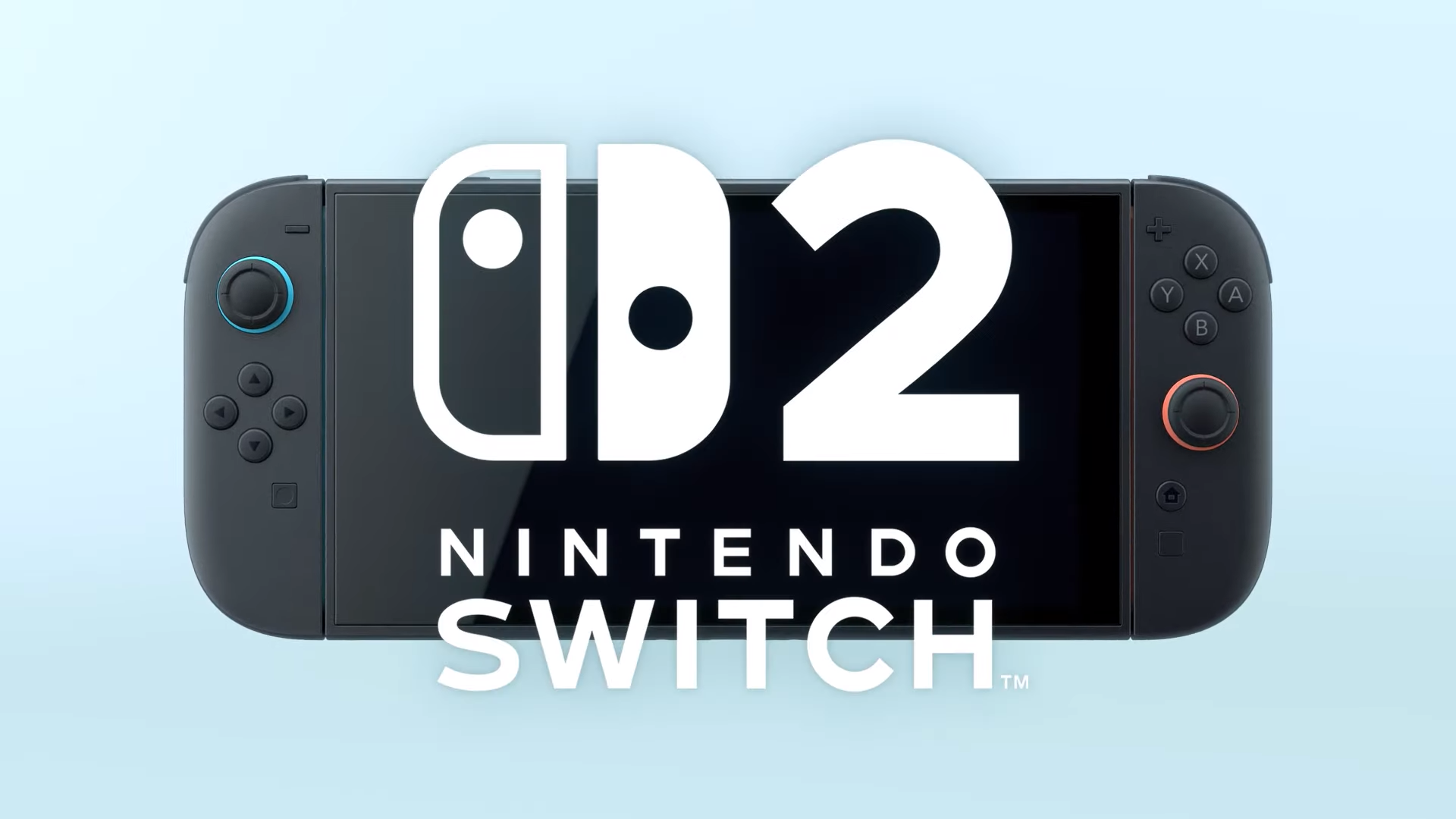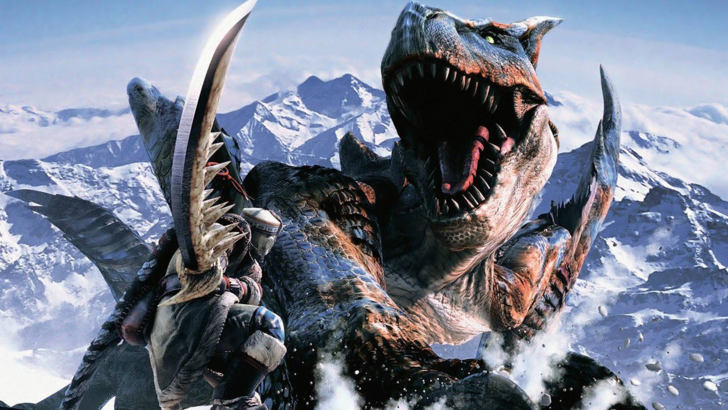
Monster Hunter is renowned for its diverse weapon types and captivating gameplay, but did you know that some weapons from the series' past haven't made it into the newer games? Dive into this article to explore the fascinating history of Monster Hunter weapons and uncover more about the franchise's evolution.
← Return to Monster Hunter Wilds' main article
History of Weapon Types in Monster Hunter
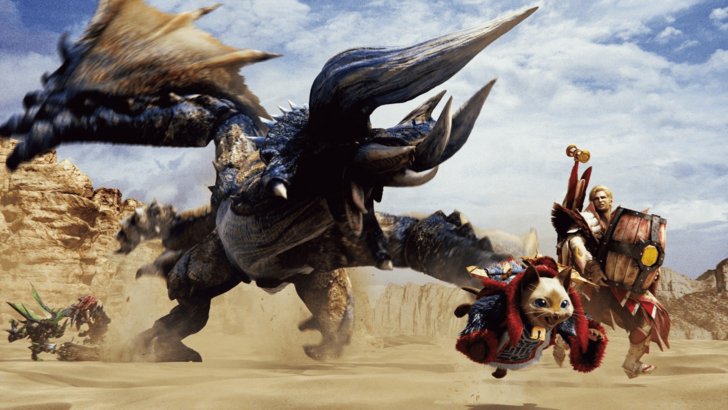
Monster Hunter has been captivating gamers for over two decades since its debut in 2004. One of its defining features is the array of weapon types available for players to master. With Monster Hunter Wilds introducing fourteen distinct weapon types, each boasting unique strengths, weaknesses, movesets, and mechanics, the franchise continues to evolve. The Great Sword, for instance, has transformed significantly from its initial iteration, and there are even more weapons from older games that never reached Western audiences. Let's delve into the rich history of Monster Hunter, focusing on the evolution of these essential tools of the trade: the weapons.
First Generation
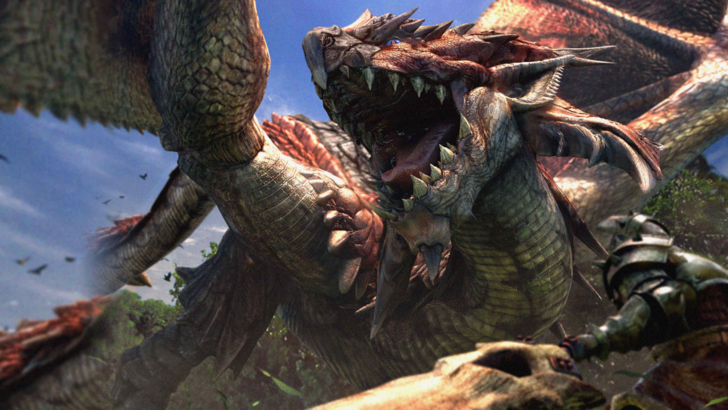
The first generation of Monster Hunter introduced several iconic weapons that have evolved over time, becoming staples of the series.
Great Sword
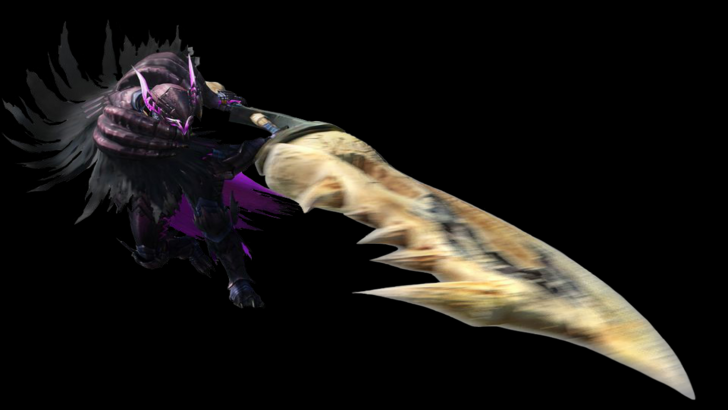
The Great Sword, a hallmark of the Monster Hunter series since its inception in 2004, is celebrated for its immense power. While it delivers the highest single-hit damage, its slow movement and attack speed require strategic hit-and-run tactics. In the original game, the Great Sword's effectiveness hinged on precise spacing and timing. The introduction of the Charged Slash in Monster Hunter 2 revolutionized its playstyle, allowing for devastating charged attacks that have become a signature move. Subsequent games enhanced its mechanics with additional finishers and more fluid combos, culminating in the shoulder tackle in Monster Hunter World, which facilitates quicker access to charged attacks. Mastering the Great Sword involves navigating its low-skill floor and high-skill ceiling, with top players excelling at maximizing damage through the True Charged Slash.
Sword and Shield
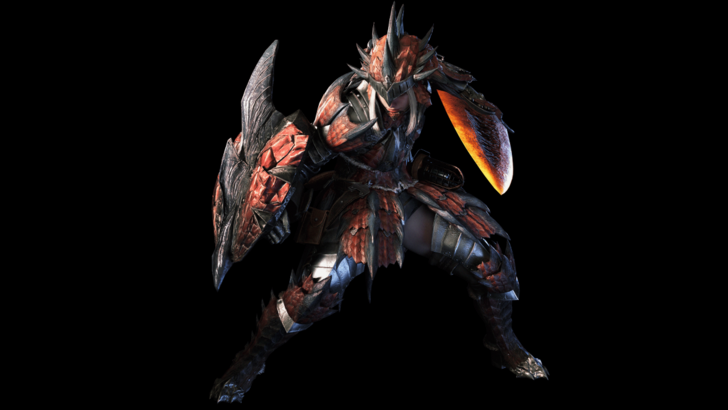
The Sword and Shield embodies versatility, offering a balanced mix of offense, defense, and utility. Initially seen as a beginner-friendly weapon due to its straightforward mechanics, it has evolved significantly. The first game emphasized its quick slashes and mobility, but Monster Hunter 2 introduced the ability to use items without sheathing the weapon. Over time, the Sword and Shield gained more complex movesets, including the shield bash in Monster Hunter 3, backstep and jumping attacks in Monster Hunter 4, and the Perfect Rush combo and aerial finishers in Monster Hunter World and Rise. Despite its limitations in range and damage, the Sword and Shield's depth and utility make it a versatile choice, often underestimated but powerful in skilled hands.
Hammer

The Hammer, known for its blunt damage, excels at breaking monster parts and knocking out foes. Its identity as the "king of KOs" solidified after Monster Hunter 2, where repeated head strikes could stun monsters. Similar to the Great Sword, the Hammer employs a hit-and-run strategy, but with higher mobility and a unique charge mechanic that allows movement while charging. While its moveset remained largely unchanged until Monster Hunter World and Rise, these games introduced the Big Bang and Spinning Bludgeon attacks, adding depth and power. The introduction of Strength and Courage modes further enriched its gameplay, requiring players to switch modes strategically for optimal performance.
Lance
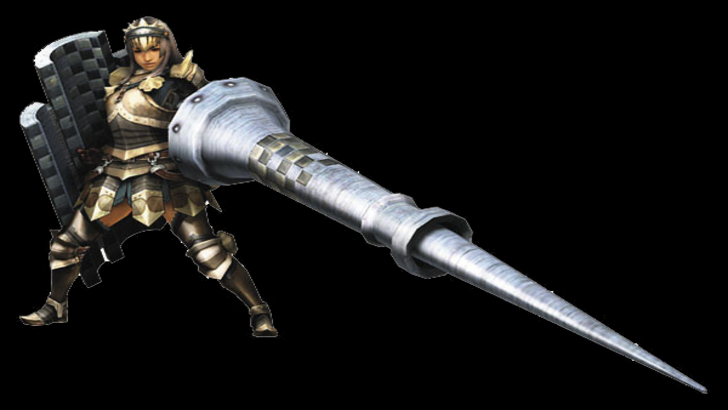
The Lance is the epitome of defensive play, offering a long reach and a robust shield for blocking most attacks. Its playstyle resembles that of an outboxer, focusing on safe, ranged pokes while maintaining a strong defense. The Lance's arsenal expanded over time with the addition of Counter mechanics, running charge, and shield bash attacks. Though often seen as less flashy, the Lance's design rewards players who stand their ground, turning them into formidable tanks on the battlefield.
Light Bowgun
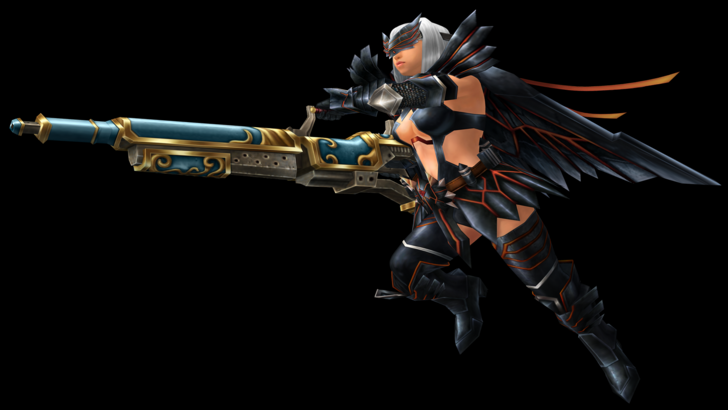
The Light Bowgun, a ranged weapon from the first generation, prioritizes mobility and quick reloads. Its ease of use and safety make it an excellent choice for players new to ranged combat. While it sacrifices firepower for agility, the Light Bowgun's customization options and Rapid Fire capability allow it to excel in specific scenarios. Monster Hunter 4 introduced the Critical Distance mechanic, enhancing ranged gameplay, while Monster Hunter World added the Wyvernblast and a slide maneuver, further distinguishing it from the heavier counterpart.
Heavy Bowgun
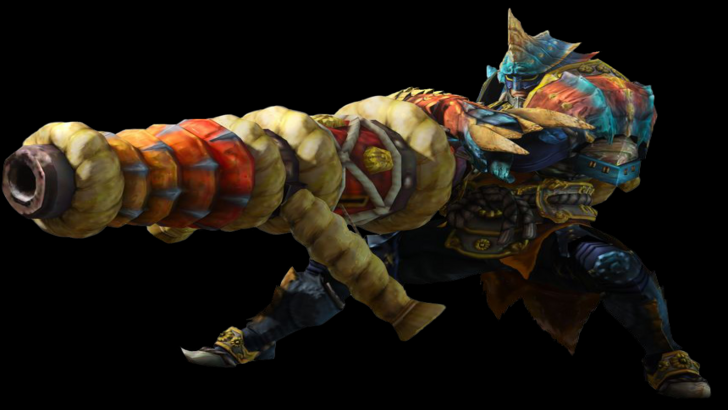
The Heavy Bowgun, introduced alongside the Light Bowgun, focuses on high damage and versatile ammunition options. Its size and weight limit mobility, but its flexibility in ammo types and the ability to equip a shield make it a formidable choice. Monster Hunter 3 introduced Siege Mode, allowing for sustained shelling without reloading, while Monster Hunter World added special ammo types like Wyvernheart and Wyvernsnipe. The Heavy Bowgun's gameplay loop involves careful preparation and ammunition management, making it a powerful tool for seasoned hunters.
Dual Blades
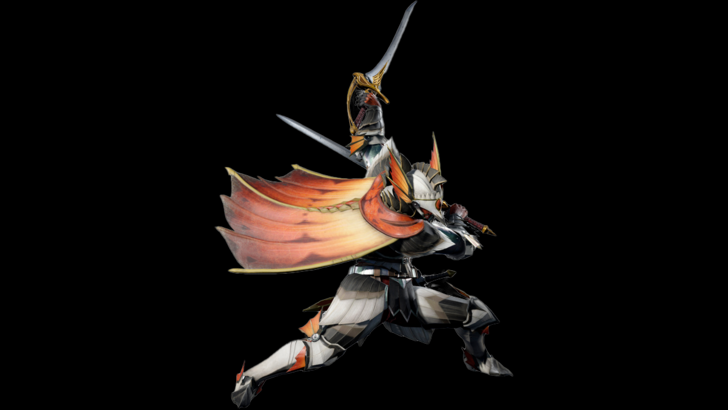
The Dual Blades are renowned for their speed and ability to inflict status ailments and elemental damage through multi-hitting attacks. Introduced in the Western release of the first game, they emphasize fluid combos and rapid attacks. Demon Mode, a temporary state that boosts damage and adds offensive maneuvers, has been a core feature. Monster Hunter Portable 3rd and 3 Ultimate introduced the Demon Gauge and Archdemon Mode, revolutionizing the weapon's gameplay by allowing access to new attacks without stamina drain. The Dual Blades' Demon Dash further enhances mobility, making it a dynamic choice for aggressive players.
Second Generation
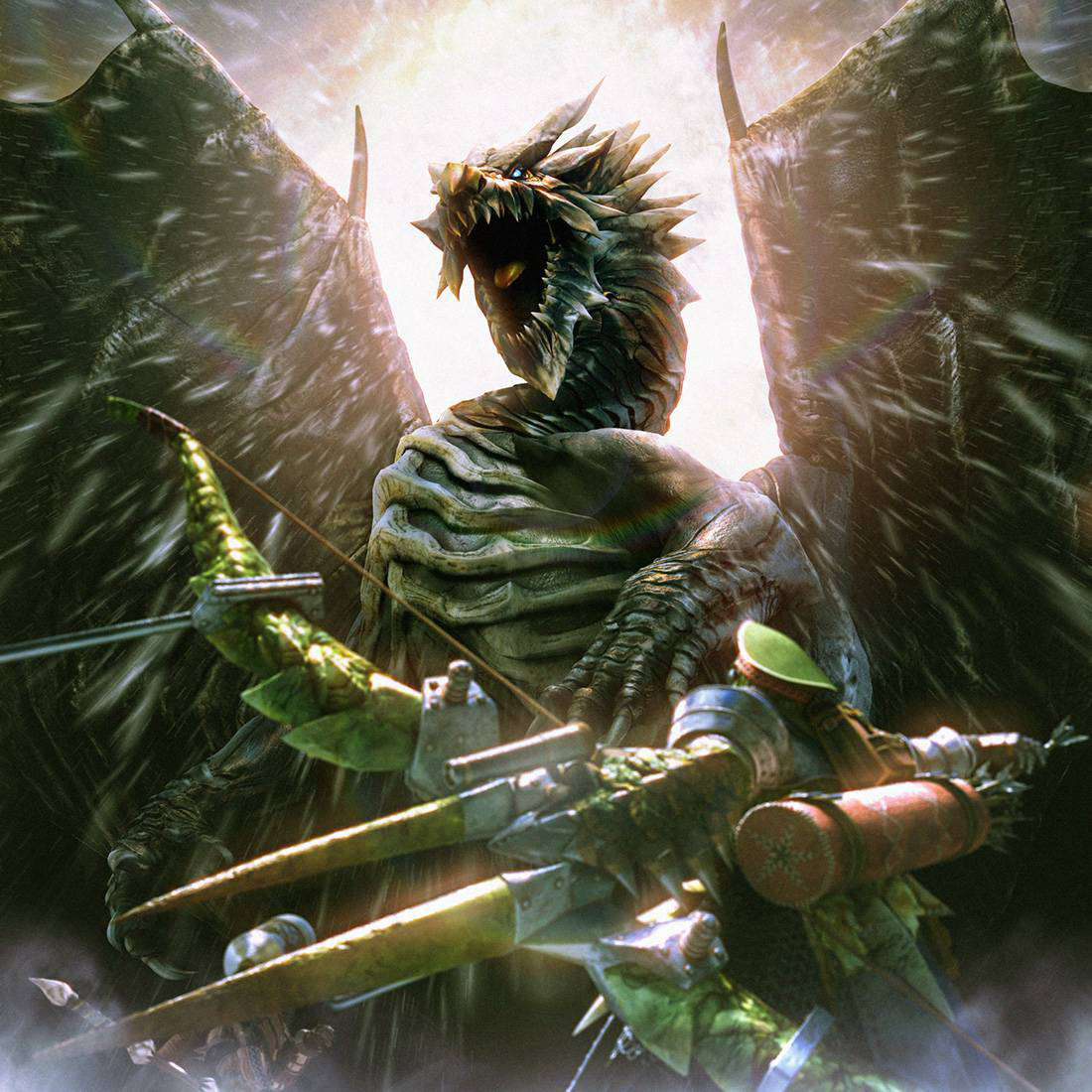
The second generation of Monster Hunter games introduced weapons that, while similar to their predecessors, offered unique movesets and mechanics.
Long Sword
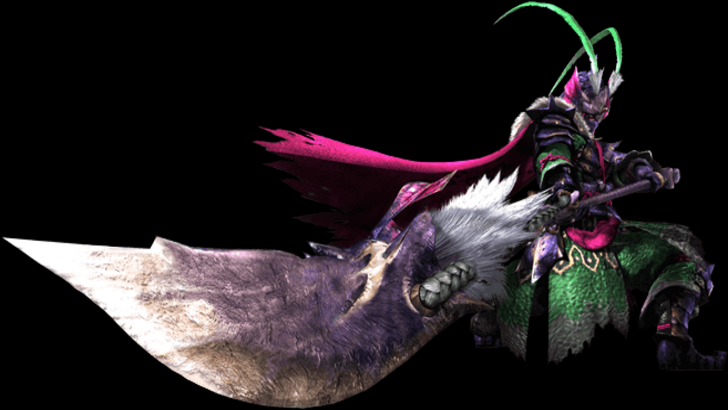
The Long Sword, introduced in Monster Hunter 2, is known for its fluid combos and high damage. It lacks the Great Sword's blocking ability but compensates with greater mobility and a more dynamic combo structure. The Spirit Gauge, filled by successful attacks, enables the Spirit Combo, which deals significant damage when completed. Monster Hunter 3 added levels to the Spirit Gauge and the Spirit Roundslash finisher, enhancing the weapon's offensive capabilities. Monster Hunter World introduced the Spirit Thrust Helm Breaker and the Foresight Slash, a parry attack that seamlessly integrates into combos. The Iai Stance in Iceborne further refined the Long Sword's counter-based playstyle, allowing for quicker Spirit Gauge maxing and new parry options.
Hunting Horn
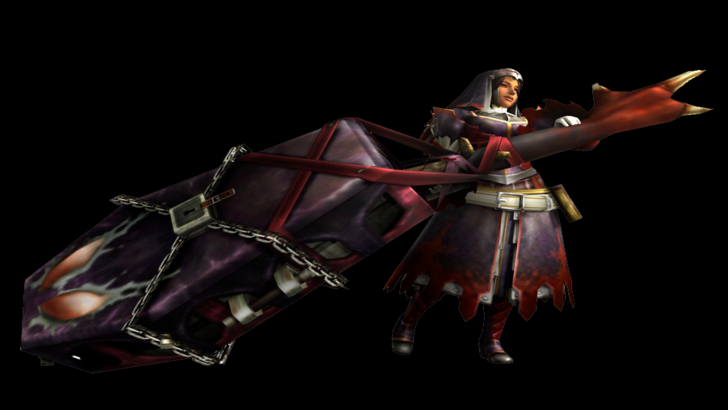
The Hunting Horn, introduced in Monster Hunter 2, is the quintessential support weapon, offering buffs through its Recital mechanic. By playing different colored notes, hunters can activate various effects, such as attack and defense boosts or healing. While dealing impact damage similar to the Hammer, the Hunting Horn's focus on support often results in lower damage output. Over time, the Recital mechanic evolved, with Monster Hunter 3 Ultimate allowing note play during attacks, and Monster Hunter World introducing song queuing and Echo Notes. Monster Hunter Rise overhauled the weapon, simplifying the song system and automating buff activation, which sparked debate over the loss of complexity versus improved accessibility.
Gunlance
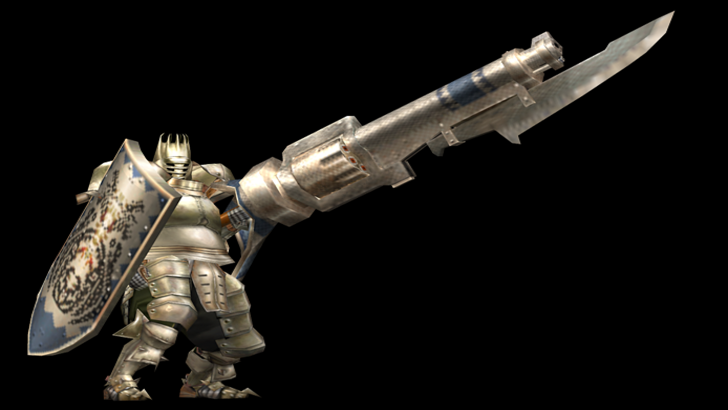
The Gunlance, introduced in the second generation, blends the Lance's defensive capabilities with explosive shelling. Its unlimited ammunition, recharged through reloading, adds a unique layer of gameplay. The Gunlance's Shelling Abilities vary by weapon, affecting the power and type of explosions. Monster Hunter 3 introduced a quick reload and the Full Burst attack, while Monster Hunter X added the Heat Gauge, which boosts physical damage but risks overheating. Monster Hunter World introduced the Wyrmstake Shot, a powerful finisher. The Gunlance's balance of offense and defense, along with its unique mechanics, makes it a challenging but rewarding weapon.
Bow
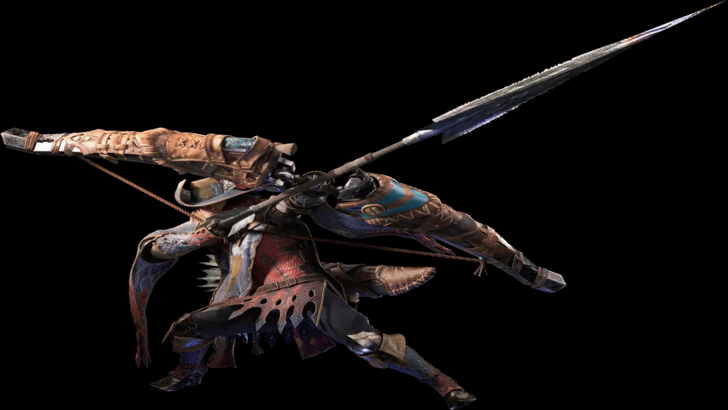
The Bow, introduced in Monster Hunter 2, is the most agile ranged weapon, excelling in close-to-mid-range combat. Its mobility and combo-based attacks set it apart, with chargeable shots that fire multiple arrows. The weapon uses Coatings to enhance damage or apply elemental and status effects. Over time, the Bow's moveset expanded, with Monster Hunter World integrating Shot Types into its universal moveset and introducing the infinite Close-Range Coating. Monster Hunter Rise reintroduced Shot Types tied to charge levels, adding depth to its aggressive, combo-heavy playstyle.
Third and Fourth Generation
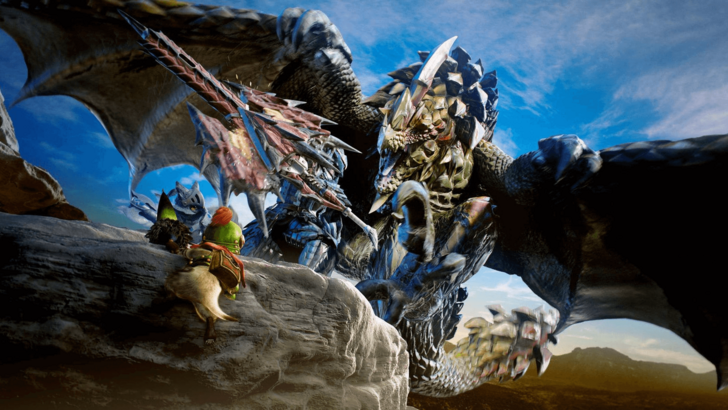
The third and fourth generations introduced weapons with unique mechanics, including morphing capabilities and aerial combat.
Switch Axe
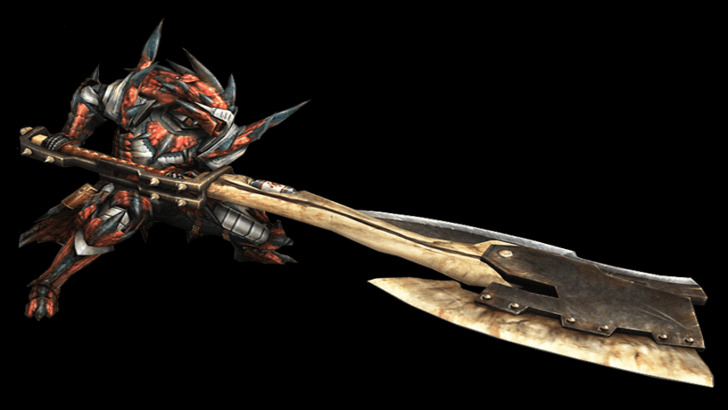
The Switch Axe, introduced in Monster Hunter 3, offers two distinct modes: Axe Mode for mobility and reach, and Sword Mode for increased damage and the Elemental Discharge finisher. Initially requiring a quest to unlock, the Switch Axe has since been available from the start. Its morphing mechanics were enhanced in Monster Hunter World with the Amped state, empowering Sword Mode with the weapon's Phial. Monster Hunter Rise extended this state to both forms, encouraging frequent morphing for maximum damage. The Switch Axe's unique gameplay and explosive combat style make it a standout addition to the series.
Insect Glaive
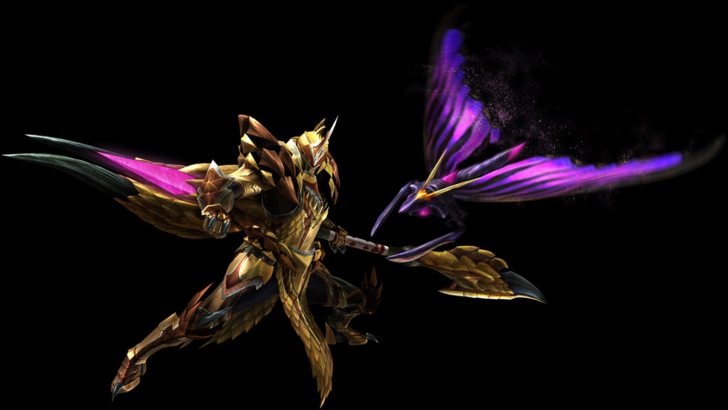
The Insect Glaive, introduced in Monster Hunter 4, specializes in aerial combat and is paired with a Kinsect that collects essences to grant buffs. Red, white, and orange essences boost attack, mobility, and defense, respectively, with all three collected for the strongest state. While its core gameplay has remained consistent, Monster Hunter World: Iceborne added the Descending Thrust finisher, and Monster Hunter Rise simplified the Kinsect upgrade system and introduced new types. The Insect Glaive's focus on quick essence collection and aerial attacks offers a unique and engaging playstyle.
Charge Blade
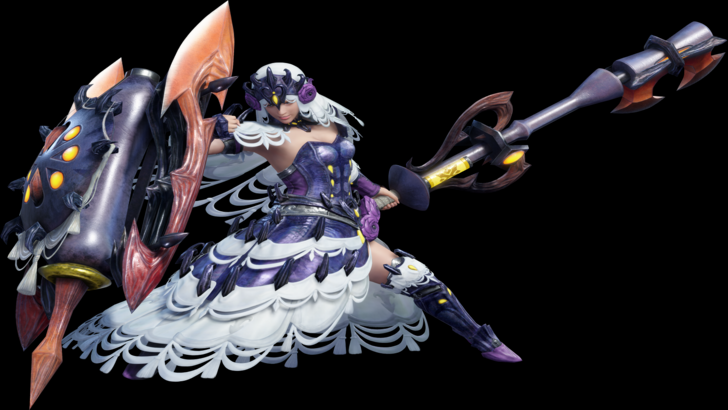
The Charge Blade, introduced in Monster Hunter 4, is a versatile transforming weapon with Sword and Axe Modes. It charges phials in Sword Mode and unleashes them in Axe Mode through the Amped Elemental Discharge. Known for its complexity and rewarding finishers, the Charge Blade requires mastery of Guard Points to charge phials efficiently. Its balanced offense and deep mechanics make it a challenging but highly rewarding weapon to master.
Will There Be More?
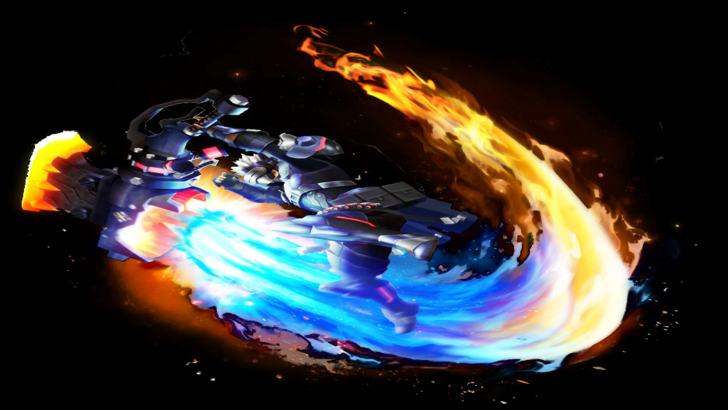
As Monster Hunter Wilds features fourteen weapons, fans wonder if more will be introduced in future games. Given the series' longevity, it's likely that new weapons will be added or existing ones reintroduced from older titles. The future of Monster Hunter promises even more depth and excitement, and while I may stick to the Sword and Shield, the possibility of new weapons keeps the game fresh and engaging.
You may also like...



